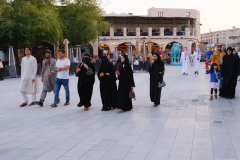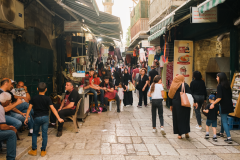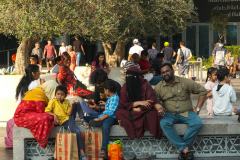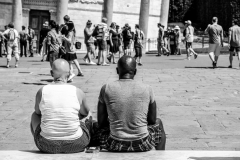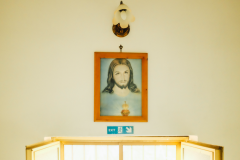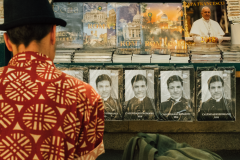Exercise 1: Mirrors and Windows
Go through your photographic archive and select around ten pictures. Separate them into two piles: one entitled ‘mirrors’ and the other entitled ‘windows’.
What did you put in each pile and why?
Did you have any difficulties in categorising them? You may like to repeat the exercise with some different images and record your responses. It would be interesting to see you place the same image in both camps and review your reasons for doing so.
“The two creative motives that have been contrasted here are not discrete. Ultimately each of the pictures in this book is part of a single, complex, plastic tradition. Since the early days of that tradition, an interior debate has contested issues parallel to those illustrated here. The prejudices and inclinations expressed by the pictures in this book suggest positions that are familiar from older disputes. In terms of the best photography of a half-century ago, one might say that Alfred Stieglitz is the patron of the first half of this book and Eugène Atget of the second. In either case, what artist could want a more distinguished sponsor? The distance between them is to be measured not in terms of the relative force or originality of their work, but in terms of their conceptions of what a photograph is: is it a mirror, reflecting a portrait of the artist who made it, or a window, through which one might better know the world?”
— John Szarkowski, 1978
The ‘mirror’ series is much more subjective, and the combination of image and text amplifies that. The text helps demarcate and separate the image in terms of whether its a ‘window’ or ‘mirror’-without the text, it would be much more ambiguous. Also, as the author of the images, I know the intent behind them, but how they are perceived by the viewer is out of my control.
If I was to place an image in both camps, it would be ‘Christian Quarter, Old City Jerusalem’ -on the one hand it shows the mingling of different cultures in the different quarters, as well as the differences (dress etc.), while on the other the eye contact between the women and the man to the left seems to suggest an appraisal or even distrust?
For ‘windows’ one could use the following descriptors:
- Objective
- document
- Straight
For ‘Mirrors’
- subjective
- personal
- manipulated
Refernces
Nicolas,Jon, Mirrors or windows?: Thinking about objectivity and subjectivity in photography with John Szarkowski (https://www.photopedagogy.com/mirrors-or-windows.html accessed April 10th)


